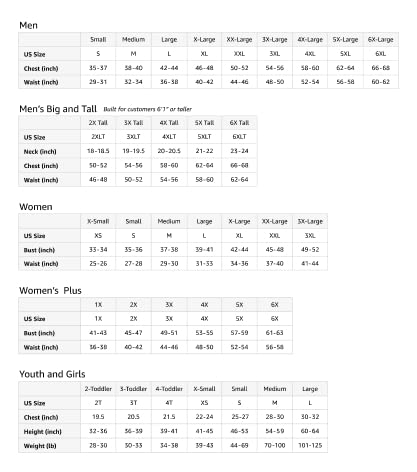Cubanita for Women
Category: La Cubanita Sugars-1

The rapid development of technology has had a profound impact on various aspects of our lives, including education. One of the most significant changes has been the increasing use of digital tools and platforms in the classroom. From interactive whiteboards to online learning management systems, technology has become an integral part of the modern educational landscape.
The integration of technology in education has brought about numerous benefits. Firstly, it has enhanced the learning experience for students by providing them with a more engaging and interactive learning environment. Digital resources, such as multimedia presentations and educational apps, can make complex topics more accessible and easier to understand. Additionally, the use of technology has enabled teachers to personalize the learning process, catering to the unique needs and learning styles of their students.
Furthermore, technology has revolutionized the way information is accessed and shared in the educational realm. Students now have immediate access to a vast array of information and educational resources online, allowing them to explore topics in greater depth and stay up-to-date with the latest developments in their fields of study. This has fostered a more self-directed and collaborative approach to learning, where students actively participate in the learning process and contribute to the collective knowledge.
However, the increasing reliance on technology in education has also raised concerns about the potential challenges and drawbacks. One of the primary concerns is the digital divide, where some students may have limited access to digital resources or lack the necessary technological skills to effectively utilize them. This can lead to educational inequalities and hinder the goal of providing equal learning opportunities for all.
Another concern is the potential for technology to be a distraction in the classroom. With the ubiquity of smartphones and social media, students may find it challenging to maintain focus and engagement during lessons. This has led to debates about the appropriate use of technology in the classroom and the need for guidelines and policies to ensure its effective integration.
Additionally, there are concerns about the impact of technology on student well-being. Prolonged screen time and the constant exposure to digital stimuli can contribute to various health issues, such as eye strain, headaches, and disrupted sleep patterns. Educators and policymakers must address these concerns and develop strategies to promote a balanced and healthy approach to technology use in education.
Despite these challenges, the overall benefits of integrating technology in education outweigh the drawbacks. As technology continues to evolve, it is crucial that educational institutions and policymakers work collaboratively to harness its potential while mitigating the risks. By doing so, they can create a learning environment that is more engaging, personalized, and accessible, ultimately empowering students to thrive in the digital age.
product information:
| Attribute | Value |
|---|








